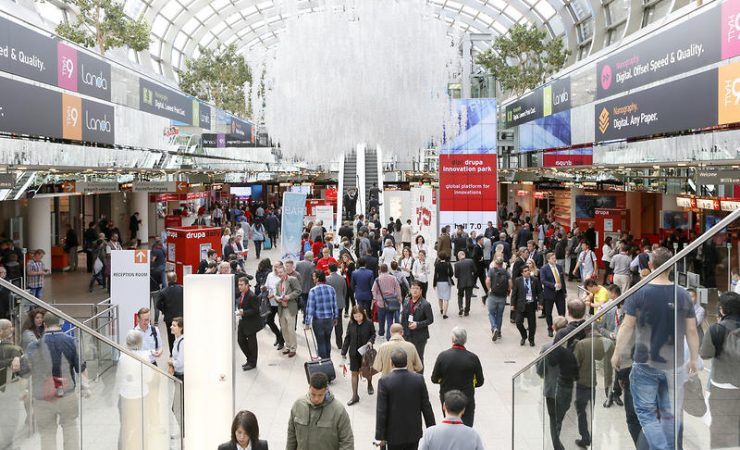It’s the graphics industry’s most anticipated show. It’s the lynchpin show that has for years dictated research and development schedules, marketing budgets and contract signings. Attendance has been in slow but relentless decline since Drupa’s 1980s heyday, but this does little to diminish the show’s power to focus minds. Drupa 2020 takes place this June and hopes are high that there will be some loud shouting about the sustainability of the printing industry, along with some sort of leadership.
Any leadership will have to come from exhibitors, which means that the biggest, such as HP, will have the lion’s share of any attention the press pays to print’s positive environmental story. HP already has a loud voice where this topic is concerned. Call it churlishness or competitive reluctance, but it’s not likely that HP’s competitors digital or analogue will be lining up to join the chorus. Reliance on exhibitors to send out a positive environmental message means that despite sensitivities to sustainability, Messe Düsseldorf and Drupa will be in the back seat. Making encouraging murmurs in support of exhibitors may not be enough for Drupa to change the still widespread perception that print is a dirty and polluting industry.
This is an unfortunate opportunity loss for Drupa exhibitors and show visitors, as well as for interested parties looking on, like the international press corps. Showcasing solutions that address sustainability is laudable, if said solutions can be easily found in a show covering many hectares and swarming with thousands of people. Sadly it’s not enough to point at developments in water based inks or to chat about the circular economy or to showcase monomers for packaging. The industry needs more.
A coherent environmental strategy for Drupa 2024 should be in place by the time Drupa 2020 opens, so that the organisers can work out educational and training initiatives. Programmes should be developed to include working with local government, schools and businesses to identify ways of producing printed samples that actually get used, rather than discarded. And some sort of materials upcycling and reuse programme should be possible locally. Sample posters for instance could be posters that local businesses, such as theatres, want. Or even promotions for other Messe Düsseldorf events. This is surely possible. Besides the print, carpets, wood, furniture, cabling, all of it should have a second life after Drupa. Print is under unprecedented pressure, so any initiative that avoids waste and pollution has to be worth a shot.
– Laurel Brunner
This article was produced by the Verdigris Project, an industry initiative intended to raise awareness of print’s positive environmental impact. This weekly commentary helps printing companies keep up to date with environmental standards, and how environmentally friendly business management can help improve their bottom lines. Verdigris is supported by the following companies: Agfa Graphics, EFI, Fespa, Fujifilm, HP, Kodak, Ricoh, Spindrift, Splash PR, Unity Publishing and Xeikon.





